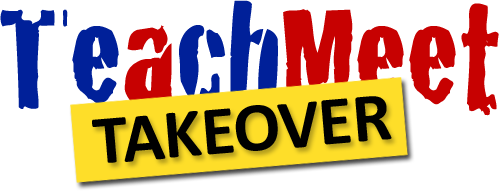Questionnaires Take 2 with Twitter, Google Forms & Wallwisher
I had an observation lesson today and decided to pull out all the technology tricks! We happened to be at a point in the scheme of work looking at data handling and collecting data in particular. I decided I’d develop the Questionnaires lesson which I used at interview last year. 60 minutes should be enough to do it more justice.
So here’s the plan:
- Discuss data quality based on previous lesson
- Tweet a link to my questionnaire and a Wallwisher for feedback on the questions
- Fill out my questionnaire full of deliberate mistakes in class
- Look at the live data spreadsheet
- Groups look at the data for one question, suggest problems with the data collected, and suggest improvements to the data.
- Discuss findings, looking at key points of: Leading Questions, Bias, Open/Closed Qs, Personal Qs, Options Boxes, Group boundaries etc.
- Look at Twitter feedback on Wallwisher, compare to our own thoughts
- Each team leaves one learning point on our own Wallwisher.
- Compile new Qs into anew Questionnaire
A lot to pack in to 60 minutes, but time for individual, group and whole class work and reflection. My class have a high proportion of special educational needs, I feel there is a good mixture of learning styles catered for here and certainly not much time to get bored!
To complete the technological marvel, this was all wrapped up in a Prezi presentation:
As you can see I took charity as a theme – we had been collecting that morning for Haiti so it seemed appropriate.
Here’s my questionnaire – complete with deliberate mistakes galore:
I tweeted out a link to the form and my lovely personal learning network took care of the rest.
We completed the form individually in class while the live spreadsheet was up on the board:
Each group then worked through one of the questions, looking at data problems, and how to improve it. This allowed me to differentiate the work, stronger groups could look at the tougher concepts and vice-versa.
Here’s the worksheets they worked on:
At this point we had some, lively, discussions about this and looked at the feedback from the Twitterverse on Wallwisher:
As you can see there was an awesome level of feedback here – I can’t thank everyone enough! I was losing things a little by now, whole class discussion is hard work!
Finally we moved on and I asked each team to go to our own Wallwisher and put one point that they had learned today. This was tough, verbalising this level of Maths is not easy for them. There were a few little nuggets in here, and although each pupil couldn’t put into words exactly what they had learned, I’m convinced each of them made good progress today.
My favourite (and it wasn’t me – a pupil using my logon) was:
“don’t ask the names cus the peepz won’t be honest” 🙂
Linking the fineries of English language questioning, with different data collection boxes through to the raw data that comes out of the other side is pretty complex stuff.
To blow my own trumpet, I think this is a pretty good way to teach Questionnaires & Data Quality. Looking at the problems with the data produced from poor questioning makes it much clearer how to phrase and design them in the first place. Has anyone else got any other novel ideas for this part of the curriculum? I’d be fascinated to hear any ideas!
Finally, thanks to the fabulous TeachMeet BETT 2010. The ideas of using Twitter in the classroom is one that I was reminded of at BETT, and particularly the use of Wallwisher. I’ve seen it before and always forgotten to integrate it into the Maths classroom. The ideas are fab, and the copy of Camtasia I won for emailing my use to tmbett2010@gmail.com will be really well used at school! So a big thanks from me, and from the pupils for an entertaining lesson 🙂






